Set in a bleak future, Mickey 17 follows a spaceship of settlers heading to the icy planet Niflheim, named after the Norse goddess of death. The expedition is led by Kenneth Marshall (Mark Ruffalo), a politician whose speeches are as empty as his leadership skills. On the other end of the social ladder is Mickey (Robert Pattinson), a disposable employee who must repeatedly die for the sake of scientific progress, only to be reprinted via a 3D printer for another deadly mission.
This premise sets the stage for a story that blends dark humor, existential dread, and biting satire. However, while the concept is intriguing, the execution leaves much to be desired.
The film’s opening act establishes a world where humanity’s survival depends on exploitative systems and technological advancements. Mickey, portrayed as a modern-day "little man" in the tradition of Gogol’s downtrodden protagonists, is both relatable and tragic. Yet, the film struggles to fully flesh out his character beyond the archetype of the expendable worker. His repeated deaths and resurrections serve as a metaphor for the dehumanization of labor under capitalism, but the emotional weight of these sacrifices often feels muted.
Chaotic Mix of Themes and Ideas
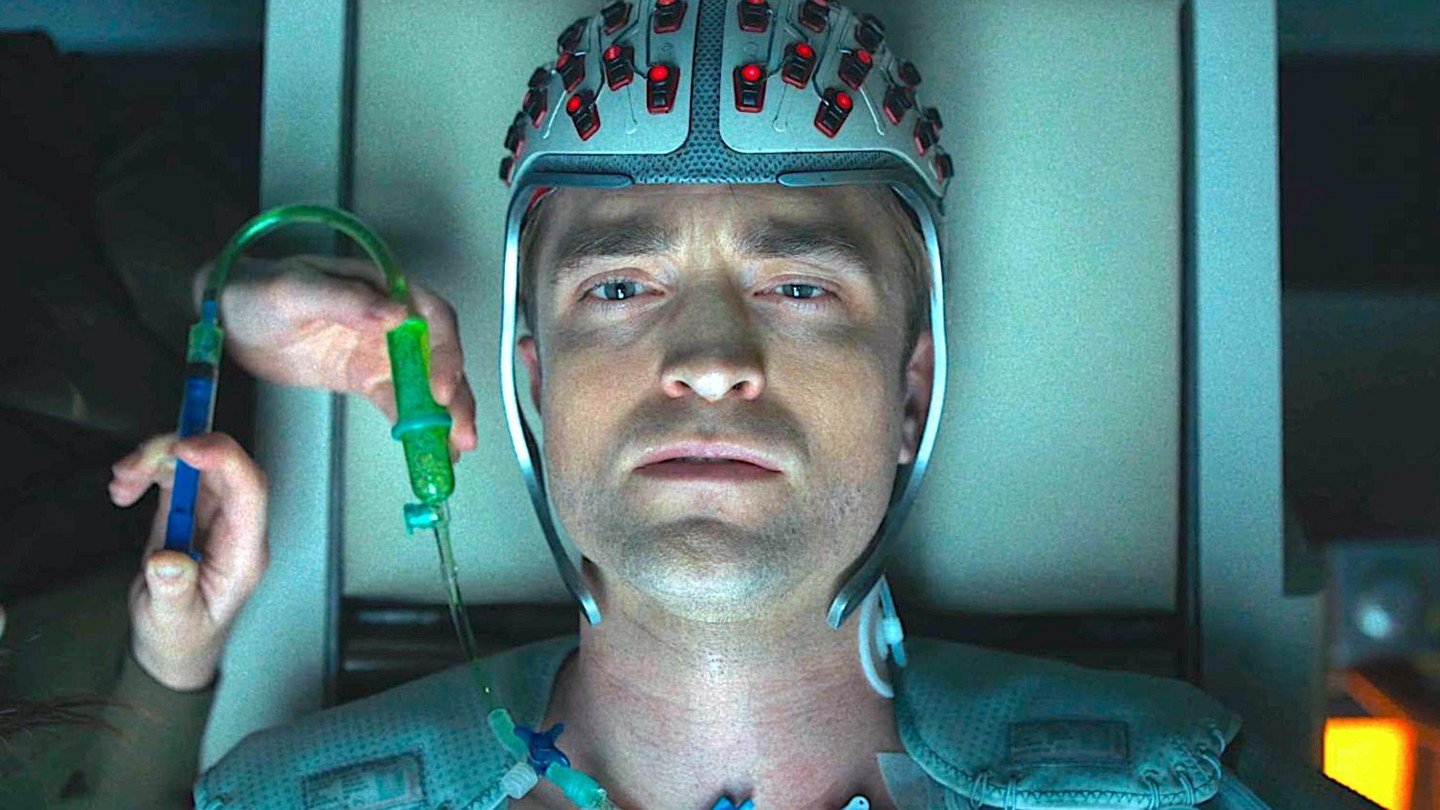 Image: x.com
Image: x.com
Bong Joon-ho’s signature chaos of themes and narratives unfolds in Mickey 17. The film critiques capitalism, corporations, and consumer society, echoing neo-Marxist classics about human alienation. It also satirizes modern democracy, where leaders are those who spout meaningless yet inspiring rhetoric. Anti-colonial sentiments and ecological issues are addressed alongside dystopian visions and class satire reminiscent of Eugene Ionesco’s plays.
At times, the film feels like a patchwork of ideas rather than a cohesive narrative. For instance, the critique of colonialism is evident in the way the settlers treat the indigenous lifeforms of Niflheim, but this subplot is given minimal screen time and feels underdeveloped. Similarly, the ecological message—highlighting humanity’s destructive relationship with nature—is present but lacks the depth needed to resonate emotionally.
The movie blends graphic violence with existential drama against a backdrop of absurd humor and political satire. At its core, Mickey 17 is a tender love story between Mickey and Nashi (Naomi Ackie). Their romance serves as a counterpoint to the grim realities of their world, offering moments of genuine warmth and humanity. However, even this subplot feels somewhat rushed, leaving viewers wishing for more exploration of their connection.
Influences and Missed Opportunities
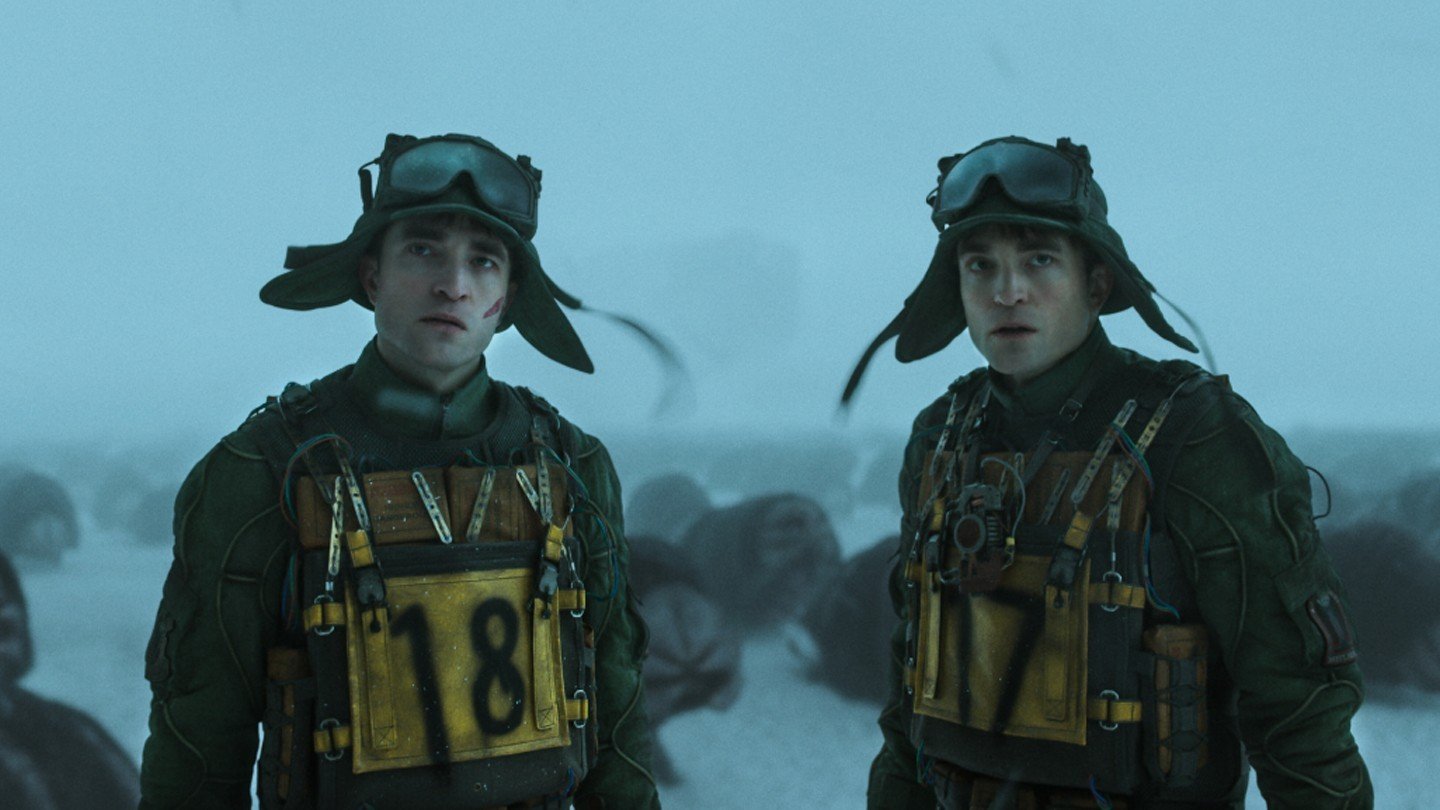 Image: x.com
Image: x.com
Cinematically, Mickey 17 can be likened to a blend of Terry Gilliam’s Brazil, Luis Buñuel’s The Discreet Charm of the Bourgeoisie, and Joon-ho’s own Snowpiercer and Okja. Despite these promising ingredients, the final result feels somewhat underwhelming.
While the satire aims to critique capitalism and politics effectively, it often comes off as bland. The villains, despite being caricatures of real-life figures, lack depth compared to characters like Tilda Swinton’s in Snowpiercer. Kenneth Marshall, played by Mark Ruffalo, is a bumbling politician whose incompetence is meant to parody populist leaders. However, his character never rises above the level of a one-dimensional stereotype. Similarly, his wife Ilfa (Toni Collette) is portrayed as a shallow socialite obsessed with ratings and exoticism, but her role feels redundant and uninspired.
The dystopian absurdity doesn’t reach the heights of Orwell’s 1984 nor achieves the comedic brilliance expected. The film oscillates between serious science fiction and absurdist comedy without fully committing to either tone. This tonal inconsistency undermines its impact, leaving audiences unsure whether to laugh or reflect.
Lacking Dynamism and Visual Flair
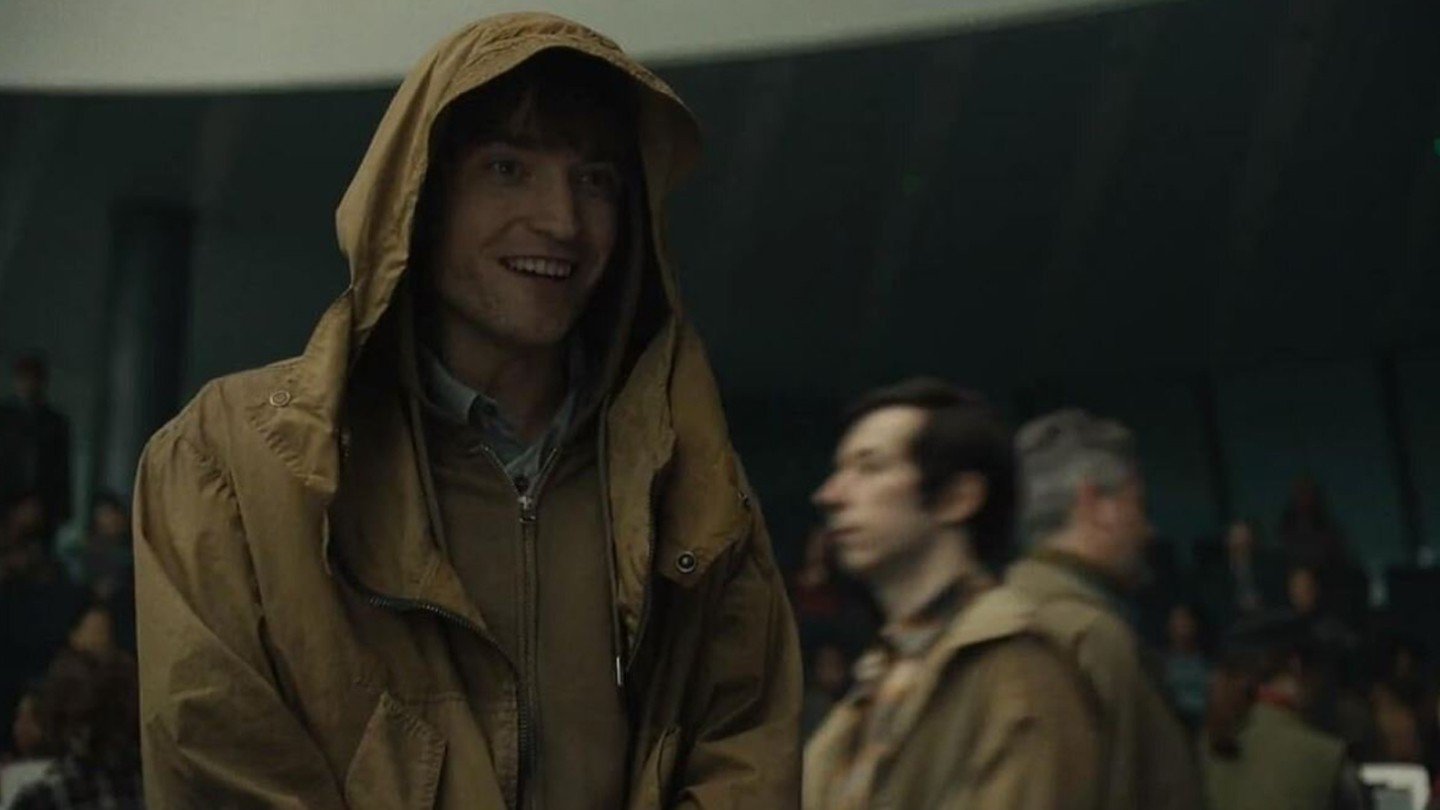 Image: x.com
Image: x.com
One major flaw is the absence of dynamic action sequences. With a budget of $150 million, the film surprisingly confines most of its action to narrow corridors and small rooms, lacking memorable scenes or inventive shots typical of Joon-ho’s previous works.
The dialogue, particularly Pattinson’s internal monologues, is excessive without being particularly memorable or impactful. These monologues often repeat the same themes—alienation, exploitation, and the search for meaning—but fail to offer new insights or emotional resonance. The moral lessons—authority is corrupt, the common man suffers, love conquers all—are overly simplistic and feel like they belong in a high school philosophy essay rather than a cutting-edge blockbuster.
Visually, the film is competent but unremarkable. The icy landscapes of Niflheim are stunning, but they lack the immersive grandeur of other sci-fi epics like Interstellar or The Martian. The production design is functional but rarely inspires awe, and the CGI creatures, while imaginative, don’t leave a lasting impression.
Cut Above the Rest, but Not Without Flaws
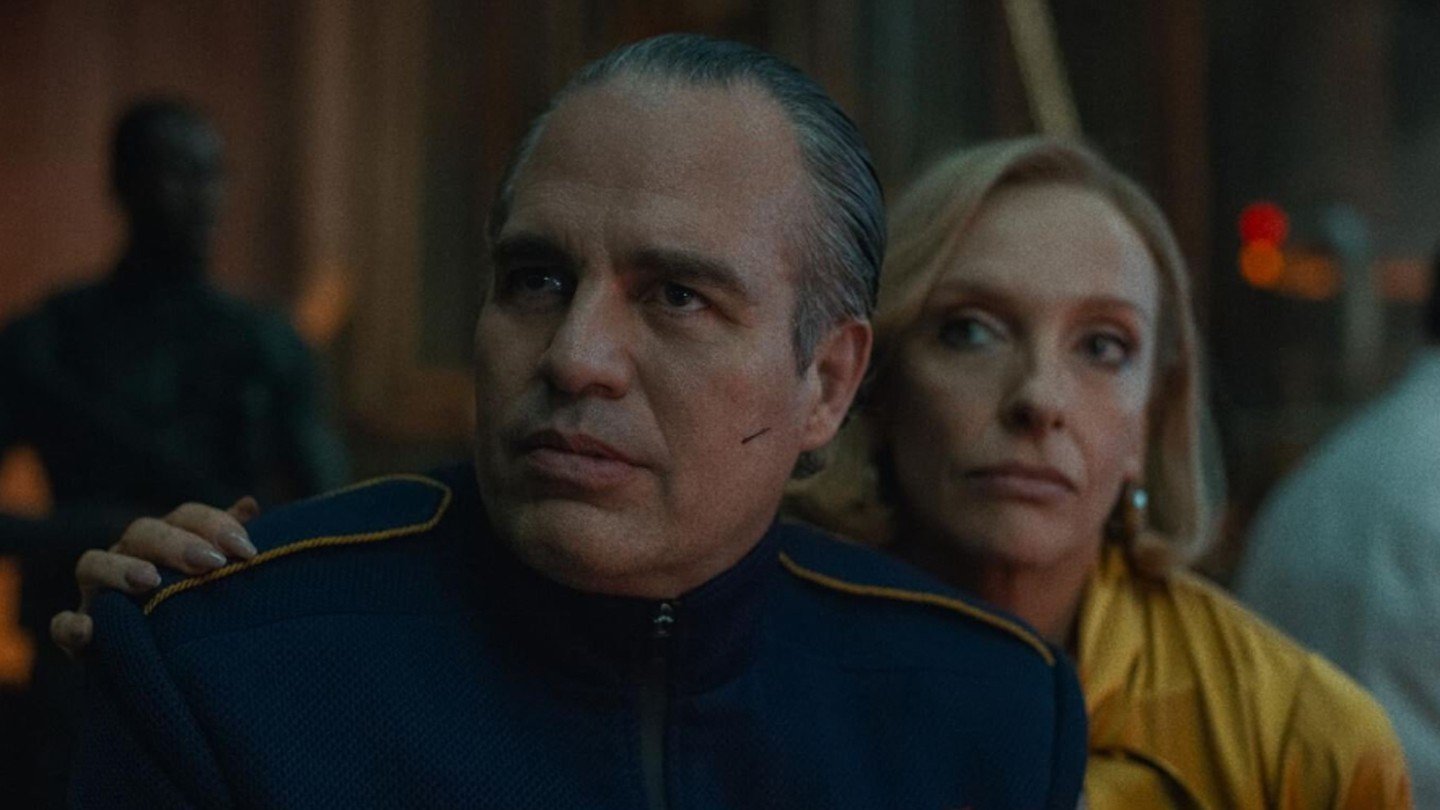 Image: x.com
Image: x.com
Nevertheless, Mickey 17 surpasses many contemporary Hollywood blockbusters as it offers genuine art rather than mindless entertainment. It’s conceptual cinema with stellar performances, minimal compromises, and a subtle attempt to address significant issues. Ultimately, how viewers interpret and respond to these themes depends on their perspective.
Robert Pattinson delivers a nuanced performance as Mickey, capturing both his vulnerability and resilience. His portrayal of a man caught in a cycle of death and rebirth is compelling, even if the script doesn’t always give him enough material to work with. Naomi Ackie shines as Nashi, bringing warmth and depth to a character who could have easily been reduced to a love interest. Mark Ruffalo and Toni Collette provide solid support, though their roles are limited by the film’s focus on Mickey’s journey.
Upon reflection, the comical scenes depicting Mickey’s multiple deaths reveal themselves as a kaleidoscope of horrific tortures. How does one return to everyday life after such imagery?
Worth it?
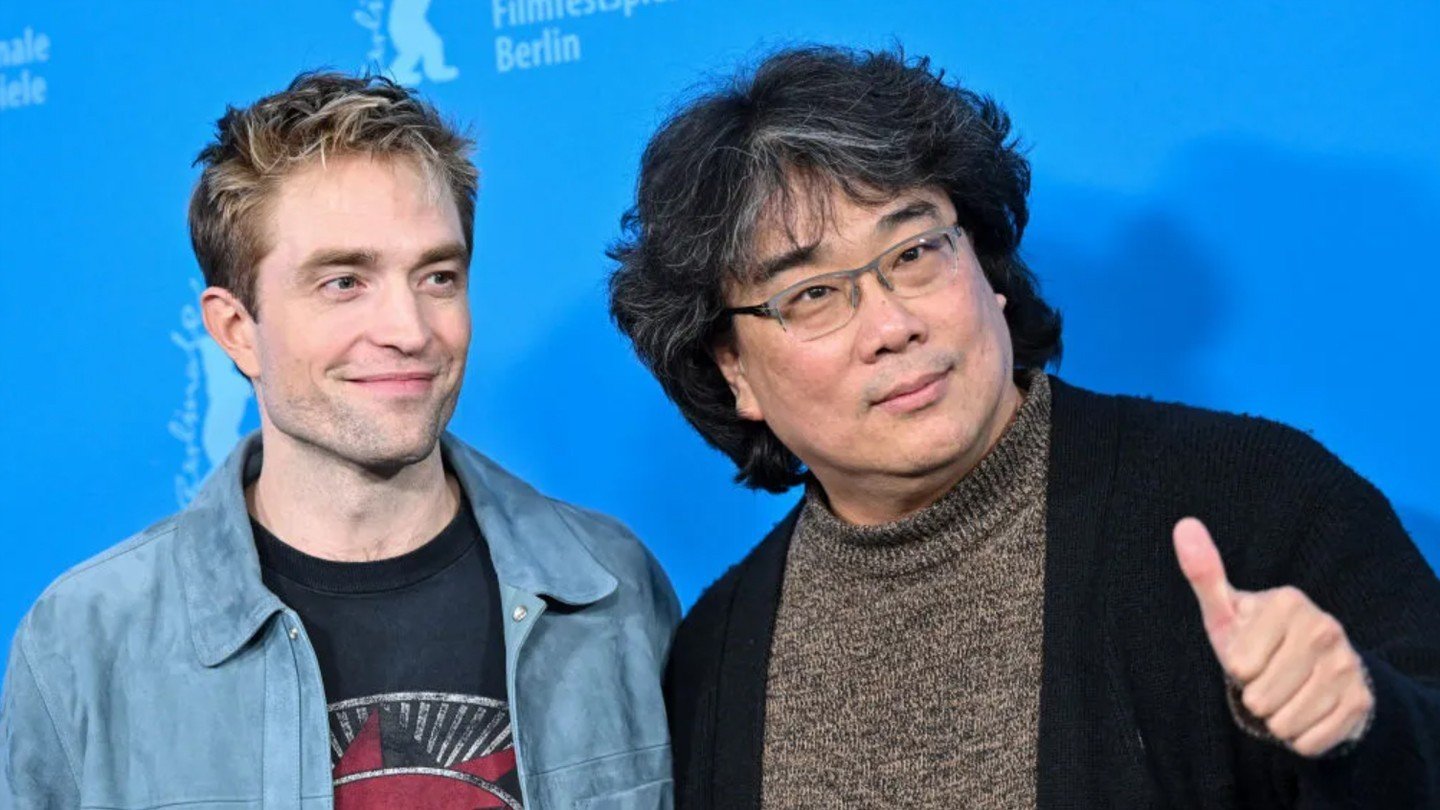 Image: x.com
Image: x.com
Mickey 17 is an ambitious project that showcases Bong Joon-ho’s ability to blend genres and tackle complex themes. However, its lack of coherence, visual dynamism, and emotional resonance prevents it from reaching the heights of his earlier masterpieces like Parasite or Memories of Murder . For fans of the director, it’s still worth watching, but it may leave some viewers feeling unfulfilled.
In the end, Mickey 17 is a film that tries to do too much and ends up doing too little. It’s a curious mix of big-budget spectacle and intellectual ambition, but it never quite finds the balance needed to truly captivate its audience. While it’s not a masterpiece, it’s still a step above the average Hollywood fare—a testament to Bong Joon-ho’s unique vision and storytelling prowess.
Main image: x.com

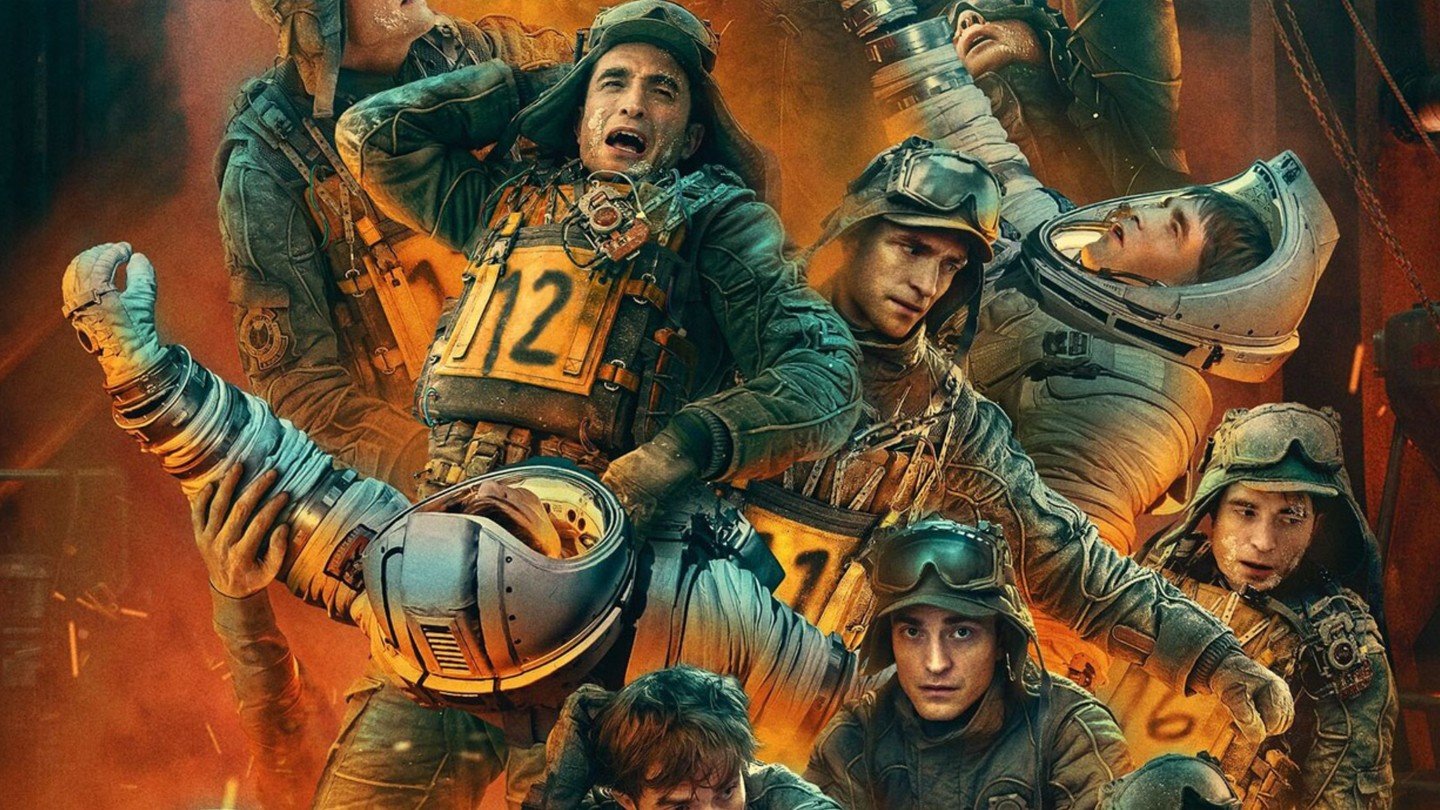
 Alexander "peter bjorn" Fadin
Alexander "peter bjorn" Fadin
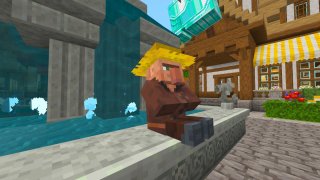

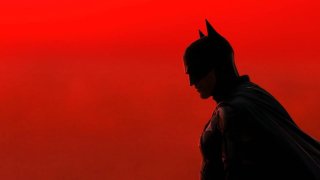
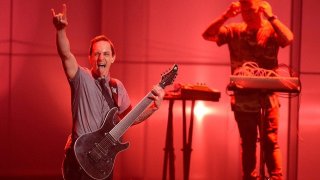
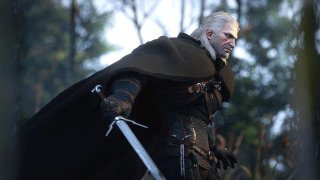
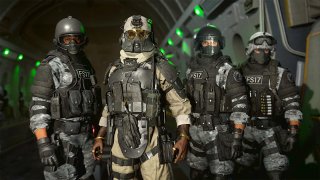
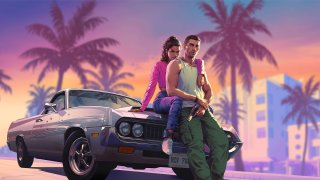
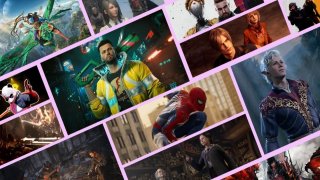
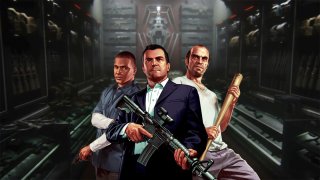
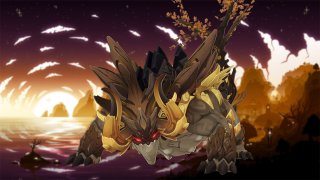

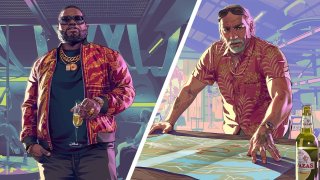




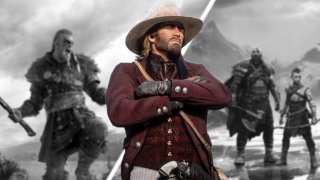

0 comments